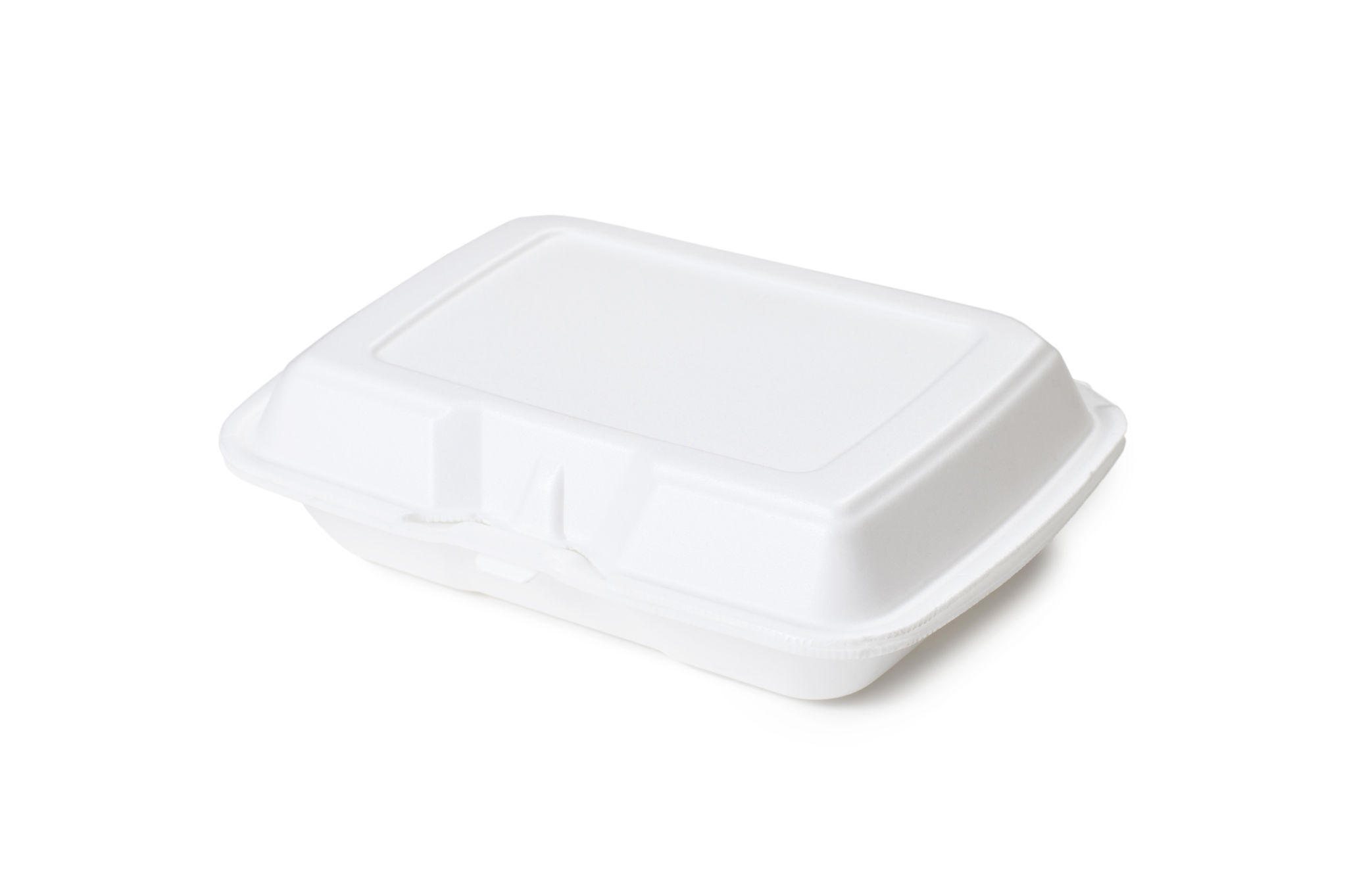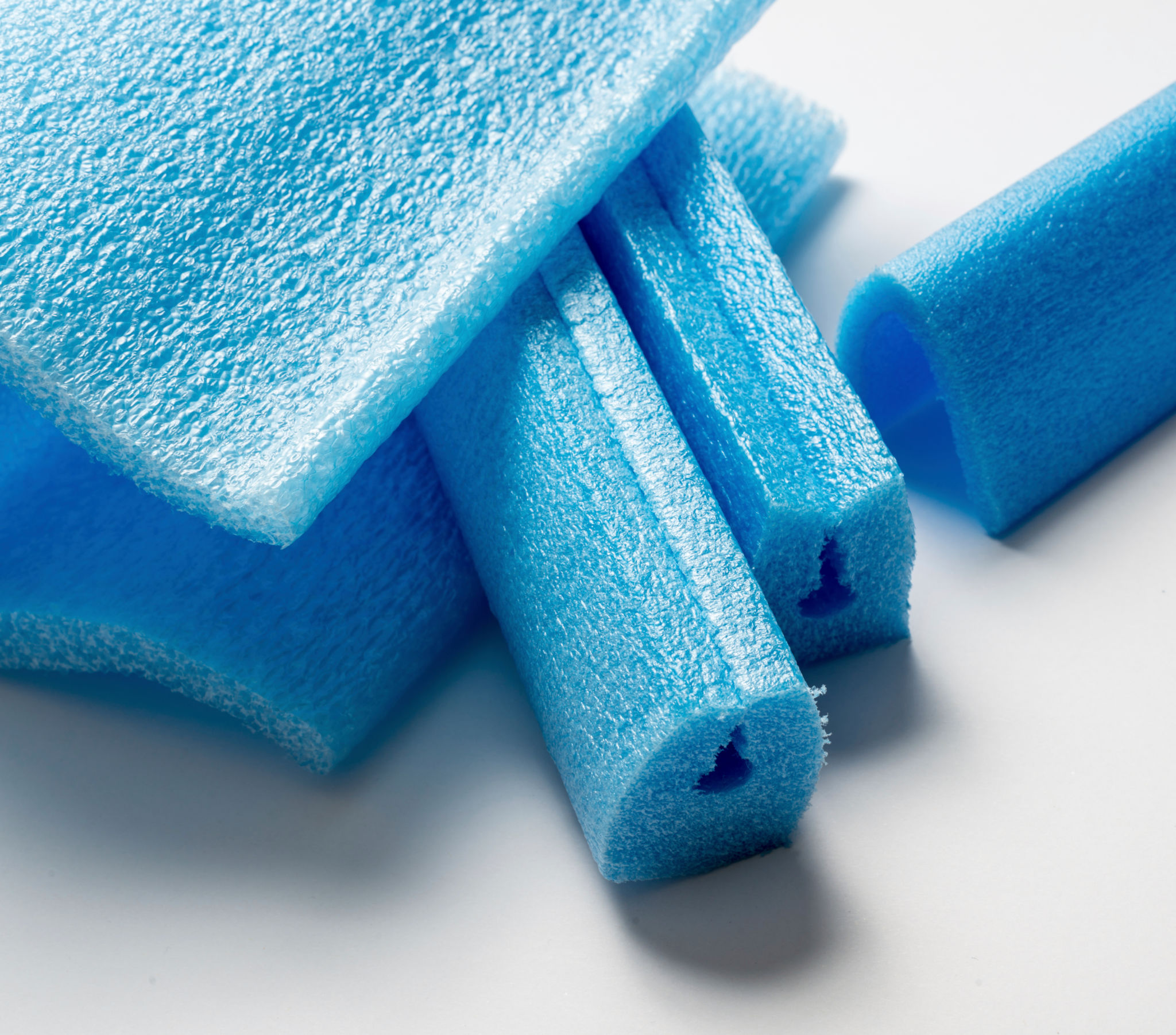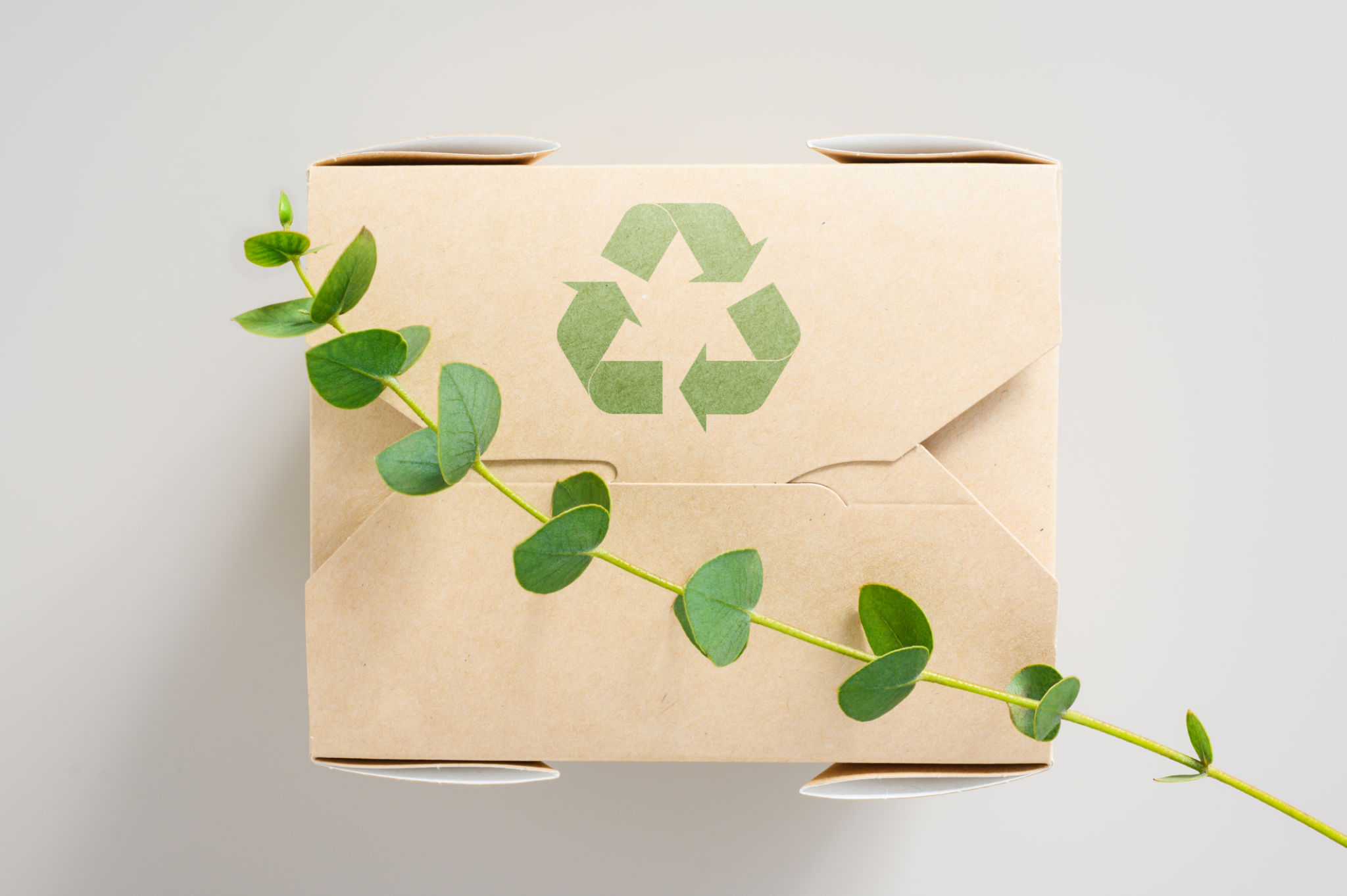A Comprehensive Guide to Foam Packaging Solutions
Understanding Foam Packaging
Foam packaging solutions are essential for protecting products during shipping and storage. With a variety of foam types available, it's crucial to understand their specific applications to make informed decisions. Foam packaging not only provides cushioning and shock absorption but also ensures that items remain intact and undamaged.

Types of Foam Packaging
Several types of foam are commonly used in packaging, each offering unique benefits. The most popular types include:
- Polyurethane Foam: Known for its flexibility and durability, polyurethane foam is ideal for protecting delicate items.
- Polystyrene Foam: This rigid foam is lightweight and provides excellent insulation, making it perfect for temperature-sensitive products.
- Polyethylene Foam: Offering high-impact resistance, polyethylene is commonly used for heavy-duty packaging needs.
Benefits of Foam Packaging
Foam packaging offers several advantages that make it a preferred choice for many industries. It is lightweight, which helps reduce shipping costs. Additionally, its customizable nature allows for tailored solutions that fit specific product dimensions and shapes. Foam packaging is also known for its superior cushioning properties, ensuring protection against impact, vibration, and compression.

Applications in Various Industries
The versatility of foam packaging makes it suitable for a wide range of industries. In the electronics industry, foam packaging safeguards sensitive components from static electricity and physical damage. The medical sector relies on foam to protect delicate instruments and devices during transport. Furthermore, the automotive industry uses foam packaging to secure parts and accessories efficiently.
Environmental Considerations
As environmental concerns grow, many companies are exploring sustainable foam packaging options. Biodegradable foams made from renewable resources are gaining popularity as they minimize environmental impact. Additionally, some companies are integrating recycling programs to reduce waste associated with foam packaging materials.

Choosing the Right Foam Packaging Solution
Selecting the appropriate foam packaging requires a thorough understanding of the product's needs. Consider factors such as weight, fragility, and environmental conditions during transit. Consulting with a packaging expert can help determine the best foam type and design to ensure optimal protection and cost-effectiveness.
Conclusion
Foam packaging solutions offer an effective way to protect products across various industries. By understanding the different types of foam and their respective benefits, businesses can make informed choices that align with their shipping and storage needs. Embracing sustainable practices in foam packaging contributes to reducing environmental impact while maintaining product safety.